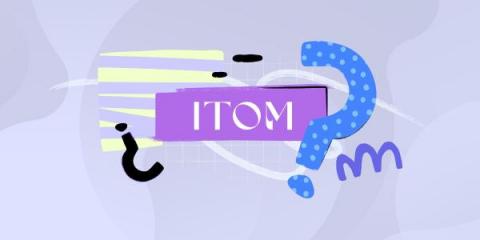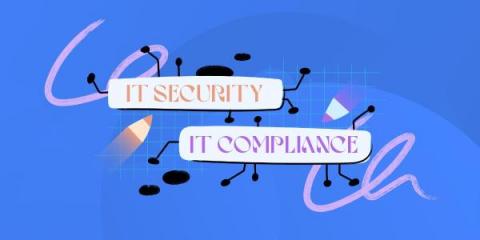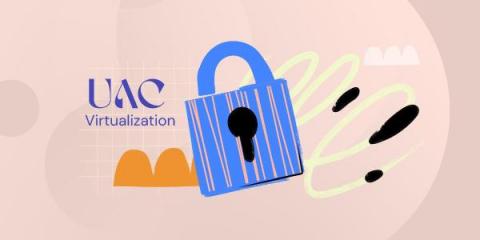The Gartner ITOM Software Magic Quadrants and What They Mean
There are various options when it comes to understanding the available IT Operations Management (ITOM) software tools. Especially because, unlike with IT service management (ITSM) say, there are different interpretations of what ITOM software is or includes. This variety is reflected in the Gartner Research view of the ITOM software category, where it has created multiple ITOM software Magic Quadrants rather than simply one.











